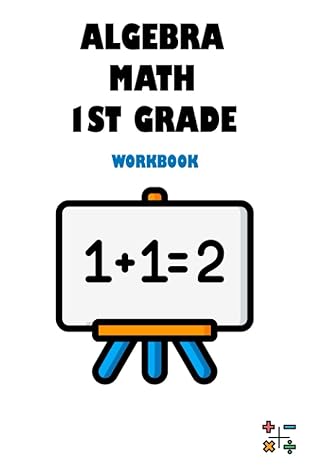Answered step by step
Verified Expert Solution
Question
1 Approved Answer
1 1. Consider each of the following scenarios and state whether or not the variable in question is a confounder, and why. A study of
1 1. Consider each of the following scenarios and state whether or not the variable in question is a confounder, and why. A study of the risk of pulmonary hypertension among women who take diet drugs to lose weight. The crude relative risk of pulmonary hypertension comparing diet drug users to non-users is 17.0 and the age adjusted relative risk is 5.0. Is age a confounder in this study? A cohort study of liver cancer among alcoholics. Incidence rates of liver cancer among alcoholic men are compared to a group of non-alcoholic men. Is gender a confounder in this study? A case-control study of the risk of beer consumption and oral cancer among men. In this study, cigarette smoking is associated with beer consumption and is a risk factor for oral cancer among both beer drinkers and nondrinkers. Is cigarette smoking a confounder in this study? 2. A cohort study was undertaken to examine the association between high lipid level and coronary heart disease (CHD). Participants were classified as having either a high lipid level (exposed) or a low or normal lipid level (unexposed). Because age is associated with both lipid level and risk of heart disease, age was considered a potential confounder or effect modifier and the age of each subject was recorded. The following data describes the study participants: Overall, there were 11,000 young participants and 9,000 old participants. Of the 4,000 young participants with high lipid levels, 20 of them developed CHD. Of the 6,000 old participants with high lipid levels, 200 of them developed CHD. In the unexposed, 18 young and 65 old participants developed CHD. Construct the appropriate two by two tables using the data given above. Be sure to label the cells and margins. Calculate the appropriate crude ratio measure of association combining the data for young and old individuals. Now, perform a stratified analysis and calculate the appropriate stratum-specific ratio measures of association. What are they? Do the data provide evidence of effect measure modification on the ratio scale? Justify your answer. 1. A case-control study was performed to determine whether head injury was associated with an increased risk of brain tumors in children. 200 cases with brain cancer were identified from the state cancer registry and 200 controls were recruited from the same neighborhoods where the cases lived. The mothers of the children completed a questionnaire that asked them to describe their child's past history of head injury. The investigators found that the mothers of the children with brain tumors reported a past head injury for 70 of the cases while a past history of head injury was reported in 30 of the controls. What type of bias was likely to have influenced the findings of this study, and why? What can be done to minimize this type of bias
Step by Step Solution
There are 3 Steps involved in it
Step: 1

Get Instant Access to Expert-Tailored Solutions
See step-by-step solutions with expert insights and AI powered tools for academic success
Step: 2

Step: 3

Ace Your Homework with AI
Get the answers you need in no time with our AI-driven, step-by-step assistance
Get Started


